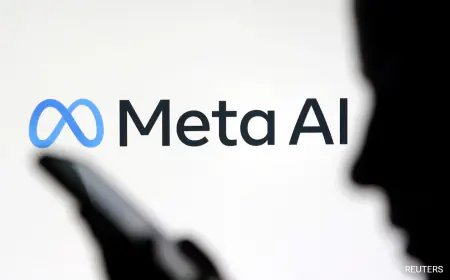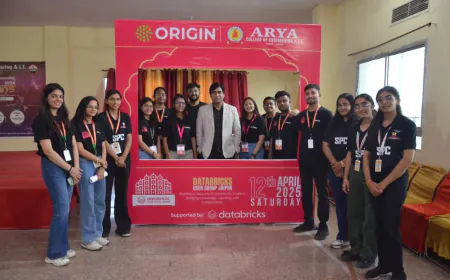A Comparative Analysis: ChatGPT vs. Bard - Unraveling the Prowess of AI Language Models
As both ChatGPT and Bard aim to push the boundaries of AI language models, the ultimate judgment will depend on their respective strengths and weaknesses.

In the ever-evolving landscape of artificial intelligence, two prominent language models, ChatGPT and Bard, have captured the attention of tech enthusiasts and industry professionals alike. As these models pave the way for advanced natural language processing, the question on everyone's mind is: which one is superior?
ChatGPT, based on the GPT-3.5 architecture developed by OpenAI, has been a trailblazer in the field, showcasing impressive language understanding and generation capabilities. Its extensive training on diverse datasets enables it to engage in coherent and contextually relevant conversations across a wide range of topics. The model has proven its mettle in various applications, from content creation to virtual assistance.
| Feature | ChatGPT | Bard |
|---|---|---|
| Data source | Pre-trained on a dataset of text and code from the internet | Continuously draws information from the internet |
| Access to the internet | Free users cannot access the internet | All users have access to the internet |
| Ability to generate long responses | Paid users only | All users can generate long responses |
| Price | Free and paid plans | Free |
| Architecture | GPT-3.5 | LaMDA |
| Strengths | Creative text generation | Access to real-time information |
| Weaknesses | Limited access to information | Less creative text generation |
| Ideal for | Writers, artists, anyone seeking creative inspiration | Researchers, students, anyone seeking up-to-date information |
On the other hand, Bard, a potentially newer entrant to the scene, is shrouded in a bit of mystery as of my last knowledge update in January 2022. Without specific details on its architecture and capabilities, it's challenging to provide a direct comparison. To ascertain which model is better, one must consider factors such as contextual awareness, response coherence, and the ability to handle complex queries.
Users looking for real-world insights should consider the use cases and performance metrics relevant to their specific needs. Some may prioritize ChatGPT's proven track record, while others might be enticed by the potential innovations brought by Bard.
It's important to note that advancements in AI occur rapidly, and staying updated on the latest releases and user experiences is crucial. As both ChatGPT and Bard aim to push the boundaries of AI language models, the ultimate judgment will depend on their respective strengths and weaknesses.
In the grand scheme of things, determining which model is better may come down to personal preferences, specific use cases, and the evolving landscape of artificial intelligence. As these models continue to refine their capabilities, the debate between ChatGPT and Bard is sure to intensify, driving further innovation in the field of natural language processing.
For Latest News update Subscribe to Sangri Today's Broadcast channels on Google News | Telegram | WhatsApp





































.jpeg)































































































